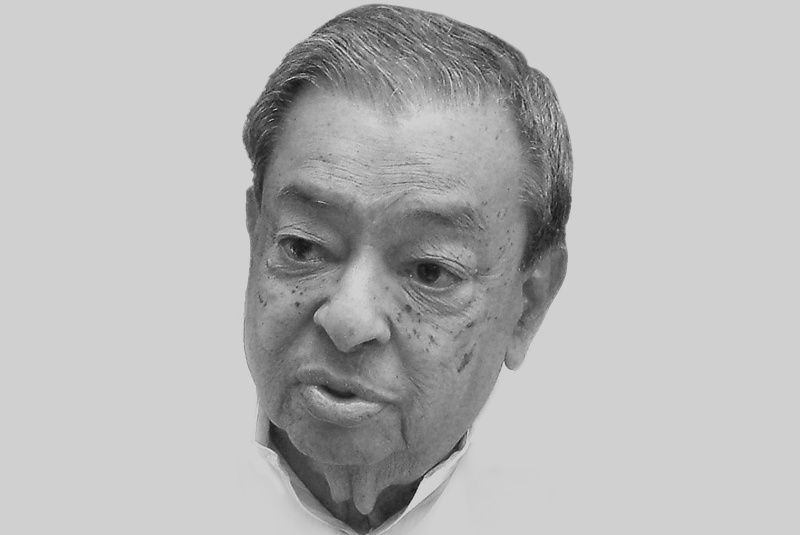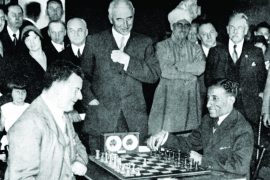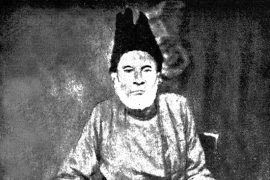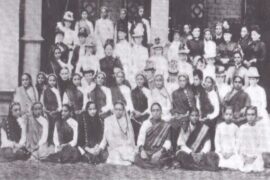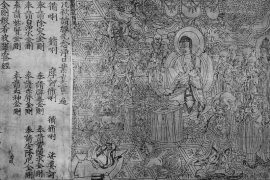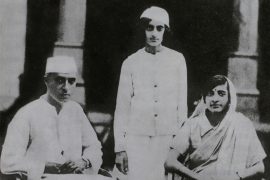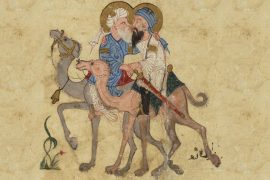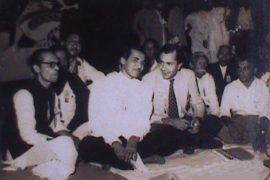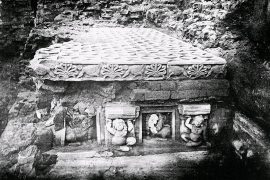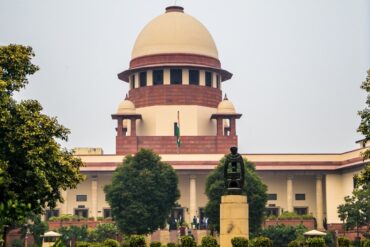In 1998, India became the largest producer of milk in the world. The story of how it grew from a milk-deficient nation to the largest producer in the world makes for an essential reading for every entrepreneur, innovator and policymaker. Once a paltry player in the global market, forced to import butter and condensed milk from dairy conglomerates, India embraced a cooperative milk producing model in the 1970s.
A paradigm shift took place in the way milk was produced and marketed in the country. A shift that was nicknamed ‘Operation Flood’.
The cooperative milk movement flooded the country with more milk than the domestic market could handle. India began to export milk, and the revenues went to millions of farmers. The man behind the flood was Dr Verghese Kurien – the father of India’s ‘white revolution’.
India would never have had its milky moment had Kurien stuck to his field of choice – metallurgy and nuclear physics. In the 1920s, he was an uncertain apprentice in a major corporate conglomeration. The British Government then offered up to 500 scholarships for Indian students to receive specialised training in the UK, USA, New Zealand, Australia and Canada. Looking to escape his corporate job, Verghese applied and received this scholarship. But not in the field he wanted. As he narrates in his autobiography, “I Too Had a Dream”:
Copyright©Madras Courier, All Rights Reserved. You may share using our article tools. Please don't cut articles from madrascourier.com and redistribute by email, post to the web, mobile phone or social media.Please send in your feed back and comments to editor@madrascourier.com

